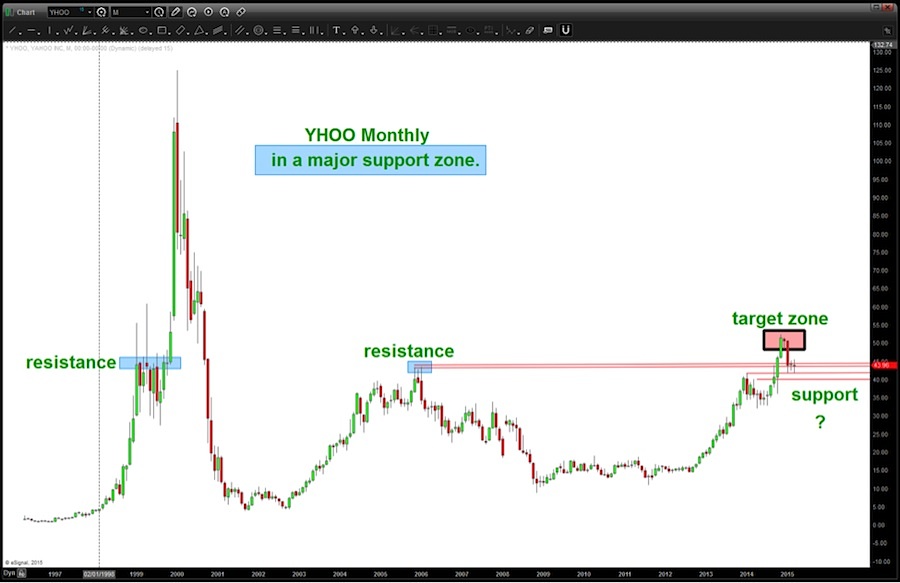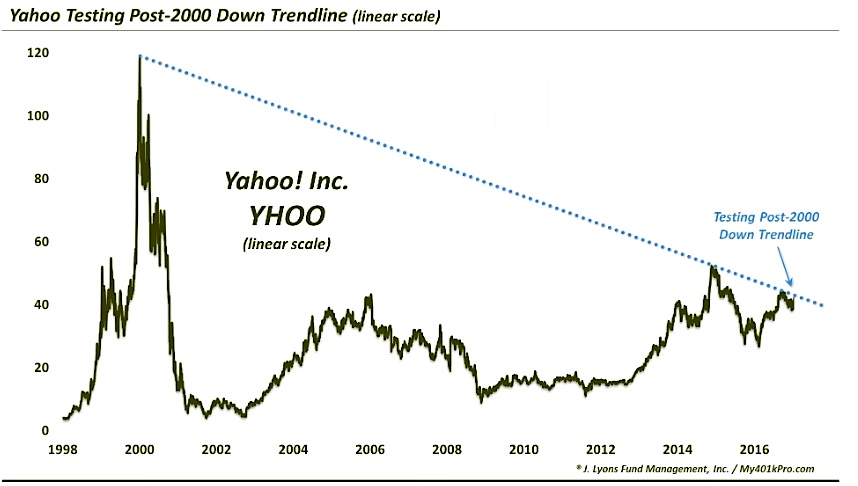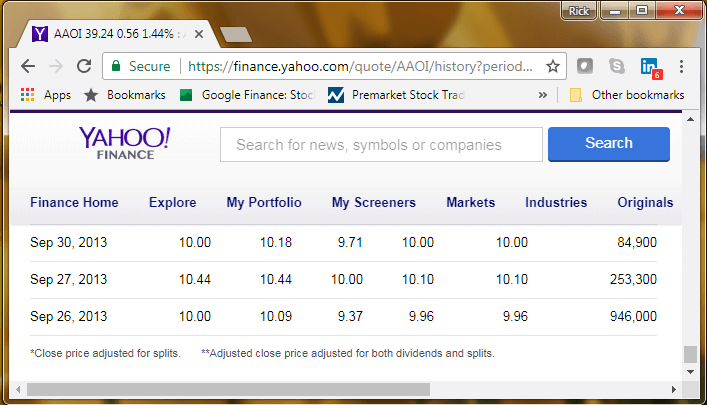

Yahoo! finance has decommissioned their historical data API, causing many programs that relied on it to stop working.įix-yahoo-finance offers a temporary fix to the problem by scraping the data from Yahoo! finance using and return a PandasĭataFrame/Panel in the same format as pandas_datareader’sīy basically “hijacking” pandas_data_yahoo() However, there is another Python package whose goal is to fix the support for Yahoo! Finance for Pandas DataReader, you can find that package here: This could be the culprit to why you been getting Inde圎rror's (or any other normally none-existant errors). In the case of most Yahoo!ĭata the endpoints have been removed. The end points behind these APIs have radically changed and theĮxisting readers require complete rewrites. Immediate deprecation of Yahoo!, Google Options and Quotes and EDGAR. If you read through Pandas DataReader's documentation, they issued an immediate depreciation on multiple data source API's, one of which is Yahoo! Finance. Tickers = ĭf = pdr.DataReader(tickers, data_source='yahoo', start='', end='')
#Historical stock prices yahoo download
At this time, the implementation in the OP works without issue, to download multiple stocks.NASDAQ does not use this value to determine compliance with the listing requirements. "Market Cap" is derived from the last sale price for the displayed class of listed securities and the total number of shares outstanding for both listed and unlisted securities (as applicable).

It does not include securities convertible into the common equity securities. Market Cap (Capitalization) is a measure of the estimated value of the common equity securities of the company or their equivalent.
#Historical stock prices yahoo free
Register for your free account today at. Data Link's cloud-based technology platform allows you to search, discover and access data and analytics for seamless integration via cloud APIs.

Stock prices may also move more quickly in this environment. Participation from Market Makers and ECNs is strictly voluntary and as a result, these sessions may offer less liquidity and inferior prices. ET) and the After Hours Market (4:00-8:00 p.m. Investors may trade in the Pre-Market (4:00-9:30 a.m. This data feed is available via Nasdaq Data Link APIs to learn more about subscribing, visit Nasdaq Data Link's products page. Real-time bid and ask information is powered by Nasdaq Basic, a premier market data solution. You can use the bid-ask spread to determine whether to place a market order or limit order when trading, helping you to optimize your price and have a successful order execution. In contrast, a larger spread suggests lower liquidity, as there are fewer investors willing to negotiate. Often, a smaller spread suggests higher liquidity, meaning more buyers and sellers in the market are willing to negotiate. The bid-ask spread can indicate a stock’s liquidity, which is how easy it is to buy and sell in the marketplace. The data displayed in the quote bar updates every 3 seconds allowing you to monitor prices in real-time. The bid size displays the total amount of desired shares to buy at that price, and the ask size is the number of shares offered for sale at that price.

The numbers next to the bid/ask are the “ size”. amount that a seller is currently willing to sell. The bid is the highest amount that a buyer is currently willing to pay, whereas the ask is the lowest The bid & ask refers to the price that an investor is willing to buy or sell a stock.


 0 kommentar(er)
0 kommentar(er)
